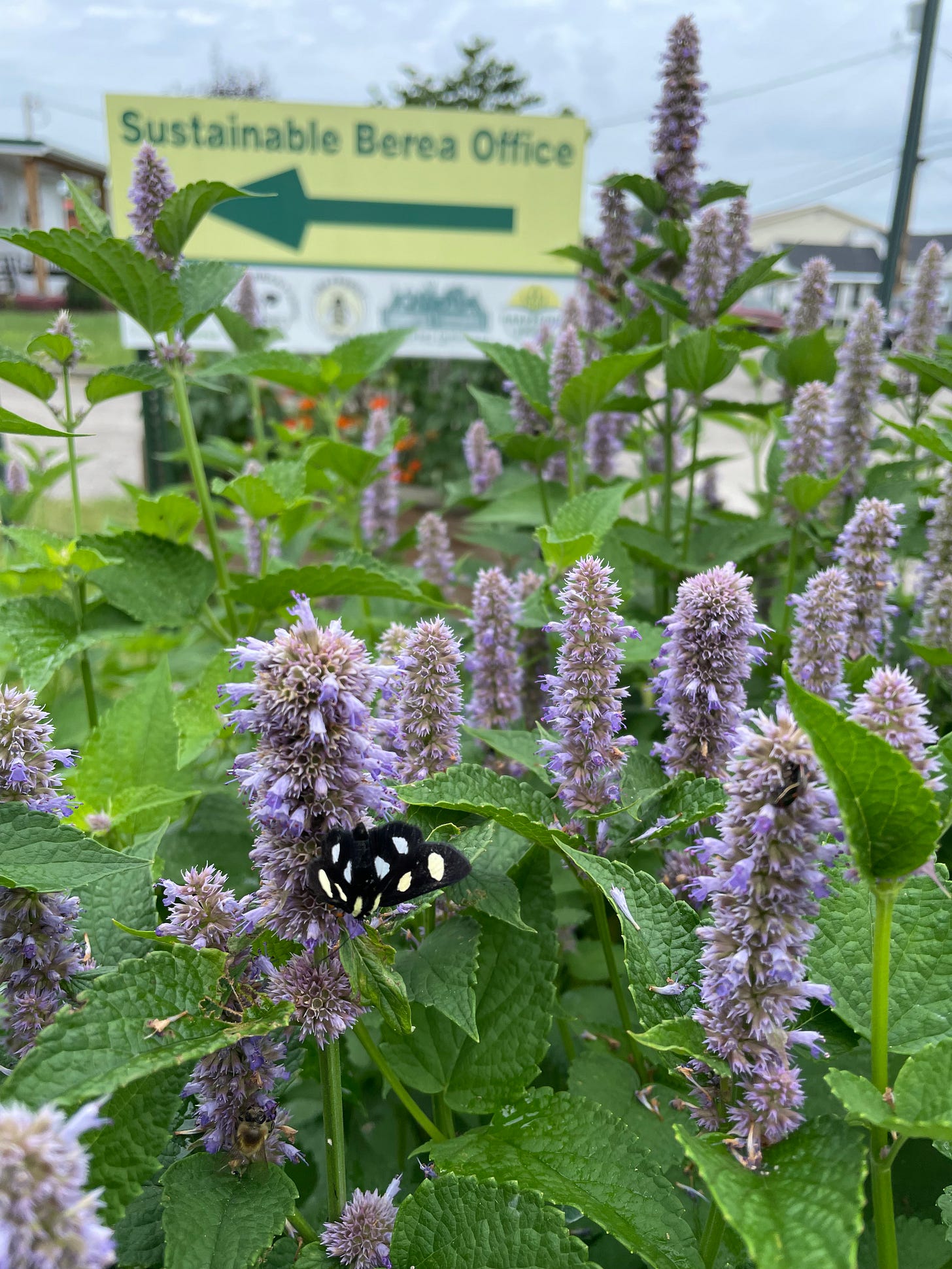Aster (Asteraceae) family plants
Chamomile – Matricaria recutita
flowers must be harvested regularly in order for the plant to keep making more flowers
It will self-seed and often grows best when allowed to do this
Link to monograph
2. Feverfew – Tanacetum parthenium
Link to monograph and research summary
Also makes a nice cut flower
Flowers and leaves are used, but most of the research has been done using the leaf
This one is bitter and better to eat fresh or tincture vs. use in tea
Marshmallow (Malvaceae) family plants
1. Marshmallow – Althea officinalis
link to monograph
In the summer the leaf is harvested; in the fall the root can be dug up
The leaf has a neutral taste, but provides an important nutritive and moistening quality, so its great to blend with almost any other herb in tea
2. Roselle hybiscus – Hibiscus sabdariffa
link to monograph
Calyces (the red part of the plant that is used in tea) need to be harvested regularly so they continue to produce
Mint (Lamiaceae) family herbs
Holy basil/tulsi – Ocimum africanum
link to monograph
annual but will self seed and can pop up in random places throughout your garden, but its very low key about it and not invasive
Anise hyssop – Agastache foeniculum
link to monograph
Note that this plant is a native perennial, which in my opinion means everyone should have it growing in their garden for pollinators!
Rose agastache – Agastache pallidiflora subsp. neomexicana
Link with more info on where its native in the southwest
I have had patches of this act as both perennials and annuals in our KY soil.
4. Catnip – Nepeta cataria
link to monograph
This will both act as a perennial in the spot its grow and self seed to other areas. Its an awesome plant for medicine and pollinators, so I let it spread! It is not invasive.
5. Bee balm – Monarda fistulosa
Take care to harvest leaves early and watch out for downy mildew. It gradually works it way up the stem.
link to monograph
Lemon Balm - Melissa officinalis
Parts used: leaves and flowering tops
Medicinal highlights: anti-viral, calming, mood lifting, good for your brain, antioxidant
How to use: Delicious – can use as flavor garnish in cooking for lemon flavor – salads, smoothies, fruit
Works well as a cold infusion or hot infusion – best fresh or carefully dried
All of these mint family plants make wonderful tea, tinctures, honey extracts, and more! To make a tea, you can make it as strong as you like – to taste. Experiment!
To harvest all of the above mint family plants, give them a good haircut once they start blooming and it will encourage them to bloom more. You can use both leaves and flowers.




